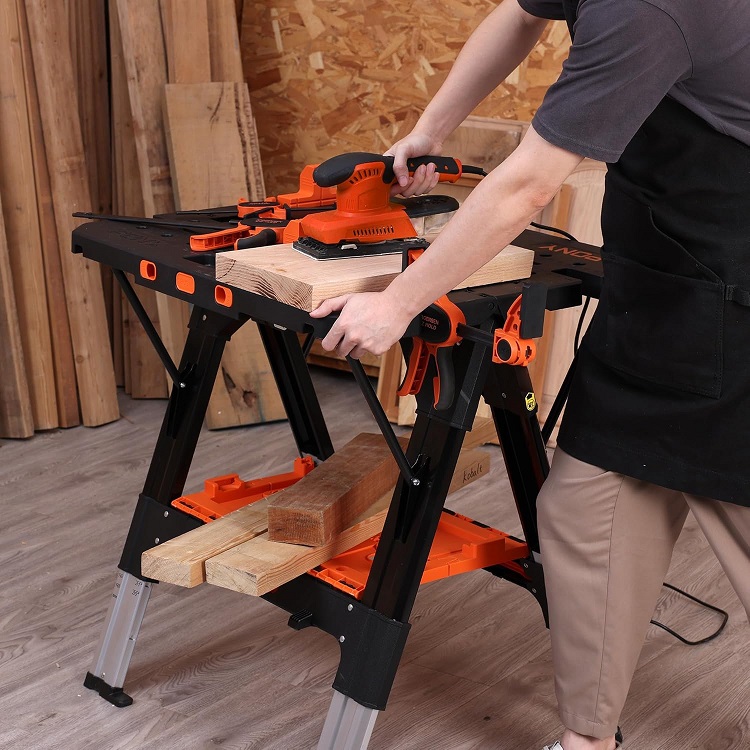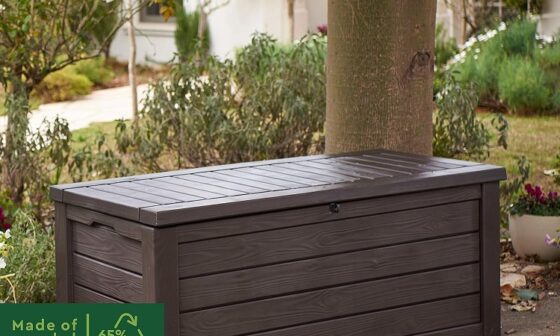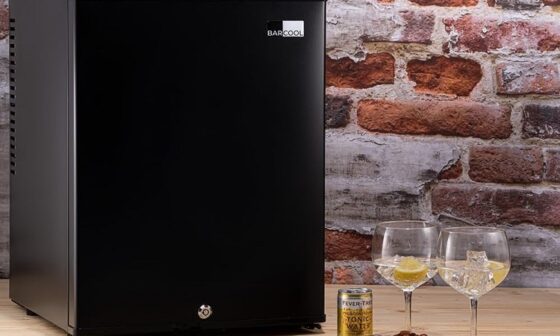Portable workbenches are one of those things you don’t think much about until you really need one. Whether you’re working on-site or sorting jobs at home, having something solid, stable, and easy to move makes a world of difference. The good ones fold away neatly, take a beating, and still feel steady under pressure. In the next section, you’ll find some of the toughest and most practical models available, chosen with attention to durability, stability, and overall ease of use.
1

Exceptional
Pony 2-in-1 portable workbench
What We Like
2

Exceptional
WORX Pegasus Portable and Lightweight Workbench
What We Like
3

Exceptional
Bosch PWB 600 Folding Workbench
What We Like
4

Exceptional
Stanley Fatmax Express Folding Workbench
What We Like
5

Exceptional
BLACK+DECKER Workmate 825 Folding Workbench
What We Like
Is a Folding Workbench Really Strong Enough?
Yes, many of them are. Some models use clever folding mechanisms that lock securely into place and can handle a decent amount of pressure. They’re not quite the same as a solid wood bench, but for most DIY tasks, they’ll do the job without fuss. Just make sure all the joints are properly locked in before you start working.
Best Uses for a Portable Workbench
You can use them for:
-
Sawing timber
-
Assembling flat-pack furniture
-
Holding pipes for cutting
-
Drilling pilot holes
-
Painting or sanding small parts
-
Even as a temporary desk or tool table on site
Useful Tips for Portable Workbench Users
-
Lock the frame before every job
Many foldable benches look open but aren’t properly locked. Kick the lower bar or frame joint until it clicks, otherwise the bench might shift mid-cut. -
Position it near a wall for heavy work
When cutting large sheets or sanding something hefty, place the back of your bench close to a wall to reduce sideways movement. -
Use extra clamps for awkward shapes
The built-in clamps or jaws don’t always hold everything. Keep a set of quick-release clamps handy to secure odd-shaped pieces. -
Avoid working directly over the folding hinge
The centre section of some benches isn’t as strong as the outer edges. Try to clamp or cut along the sides where the surface feels firmer. -
Add timber offcuts to raise workpieces
If you’re cutting something thicker than your clamps allow, place small bits of wood underneath to lift the workpiece for easier access. -
Keep a small brush nearby
Dust builds up fast around clamp tracks and fold joints. A quick brush between tasks keeps everything sliding properly. -
Store it folded but upright
Don’t lay your bench flat for storage if possible. Standing it upright against a wall prevents moisture settling on the surface, especially in damp garages.


